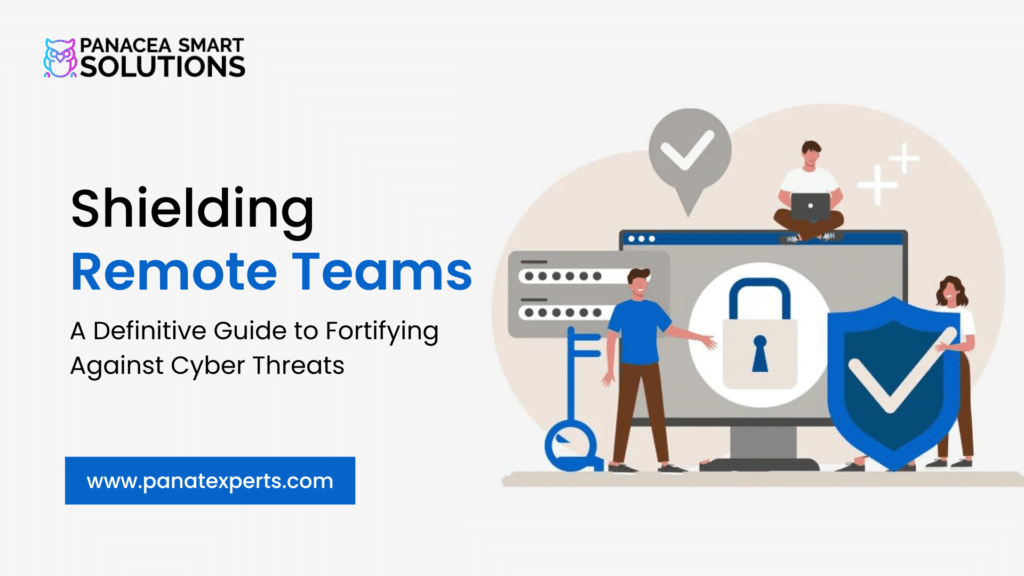In this comprehensive blog, discover essential strategies and best practices to fortify remote workers against the growing specter of cyber attacks. From understanding the risks to implementing robust security measures, learn how to establish a secure remote work environment, educate employees, and institute effective policies to safeguard against phishing, data breaches, and other threats.
This guide outlines actionable steps to empower organizations in ensuring the safety of their distributed workforce amidst the evolving landscape of cybersecurity threats.
Understanding the Risks Working from Home
1. Phishing Attacks: Educate remote workers about phishing emails, which often trick individuals into revealing sensitive information or downloading malicious software.
2. Unsecured Networks: Warn about the dangers of connecting to unsecured public Wi-Fi networks that hackers can exploit to intercept data.
3. Weak Passwords: Emphasize the importance of strong, unique passwords for all accounts to prevent unauthorized access.
4. Outdated Software: Encourage regular updates for operating systems, software, and security patches to fix vulnerabilities.
Best Practices for Remote Worker Cybersecurity
1. Use Secure Connections: Encourage the use of Virtual Private Networks (VPNs) to encrypt internet connections, protecting data from potential eavesdropping.
2. Multi Factor Authentication (MFA): Implement MFA for accessing work accounts, adding an extra layer of security beyond passwords.
3. Regular Training and Awareness Programs: Conduct ongoing cybersecurity training sessions to educate remote workers about the latest threats and best practices.
4. Encrypted Communication Tools: Use encrypted messaging and video conferencing tools to safeguard sensitive discussions and data exchange.
5. Endpoint Security: Deploy endpoint security solutions to protect devices used by remote workers, including antivirus software and firewalls.
Company Policies and Guidelines
1. Establish Clear Security Policies: Develop comprehensive remote work security policies outlining acceptable use, data protection measures, and reporting procedures for security incidents.
2. Device Management: Implement a Bring Your Own Device (BYOD) policy or provide company-owned devices with necessary security measures in place.
3. Regular Security Audits: Conduct periodic security audits to identify vulnerabilities and ensure compliance with established security protocols.
4. Data Backup and Recovery Plans: Enforce regular data backups and have a robust recovery plan in place in case of a security breach or data loss.
Remote Worker Responsibilities
1. Stay Vigilant: Encourage remote workers to be cautious of suspicious emails, links, and attachments and report any potential security threats immediately.
2. Secure Workspace: Remind employees to secure their physical workspace, locking devices when not in use and preventing unauthorized access.
3. Regular Updates and Maintenance: Ensure remote workers regularly update their devices, software, and applications to patch potential security loopholes.
4. Compliance with Policies: Emphasize the importance of adhering to company security policies and guidelines at all times.
Conclusion
In a rapidly evolving digital landscape, safeguarding remote workers from cyber threats is an ongoing process that requires a combination of robust security measures, employee education, and proactive policies. By implementing these strategies and fostering a culture of cybersecurity awareness, organizations can significantly reduce the risk of cyber attacks targeting remote workers, thereby protecting sensitive data and ensuring business continuity.
Remember, cybersecurity is a collective responsibility, and everyone plays a crucial role in maintaining a secure remote work environment.





